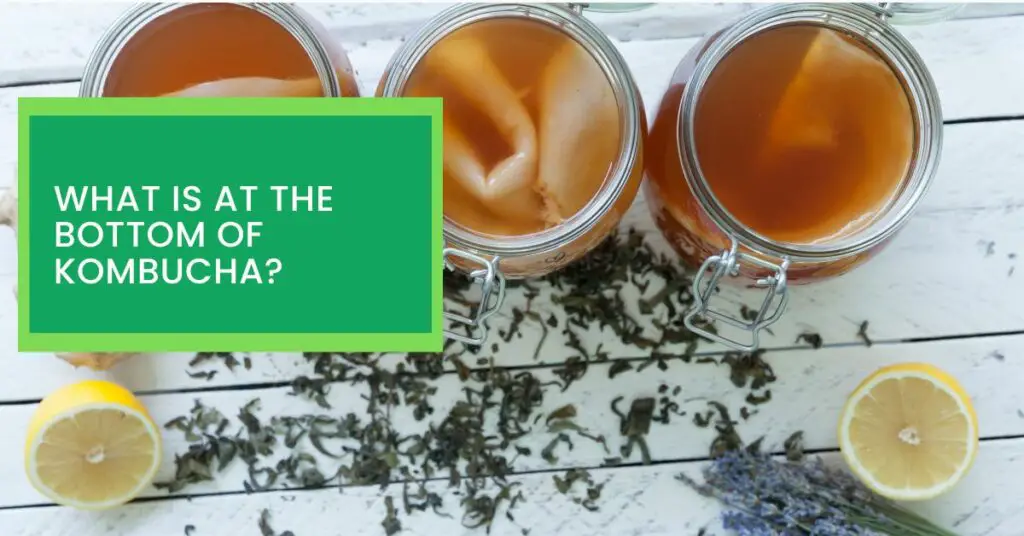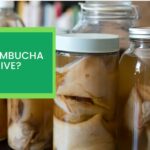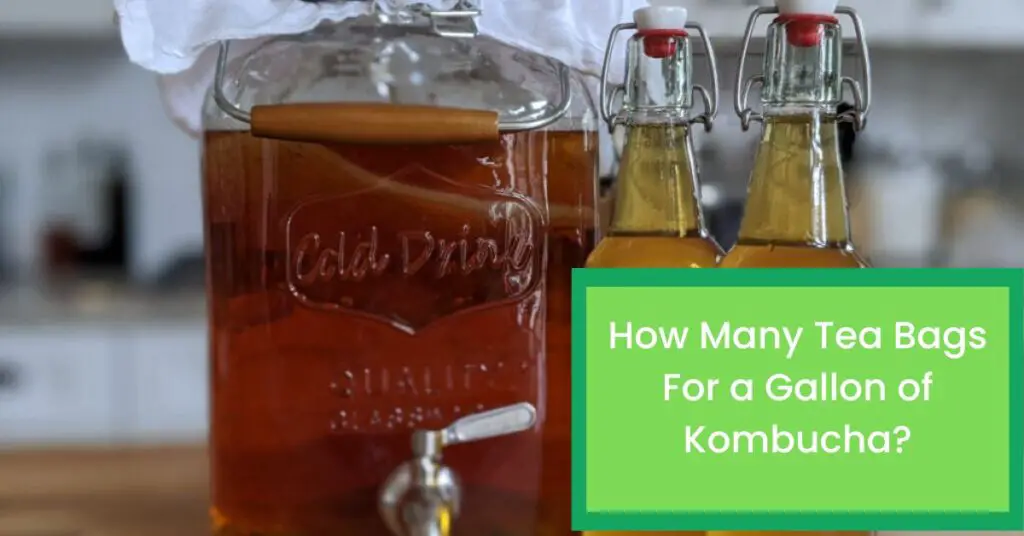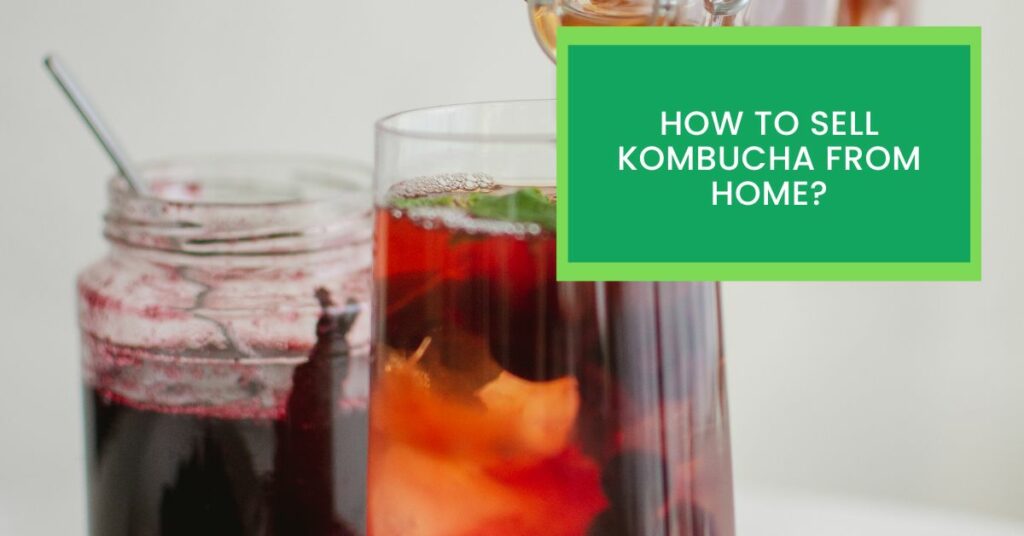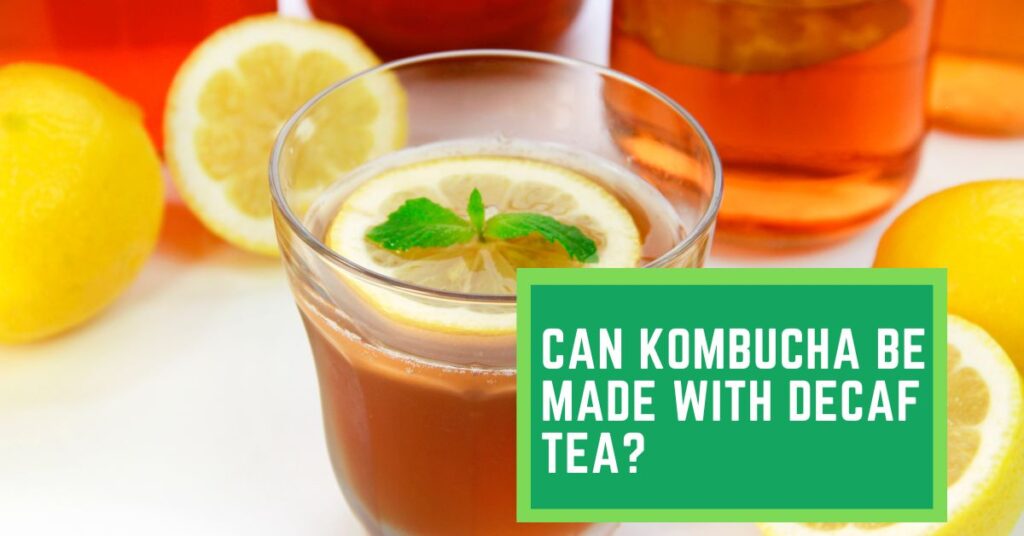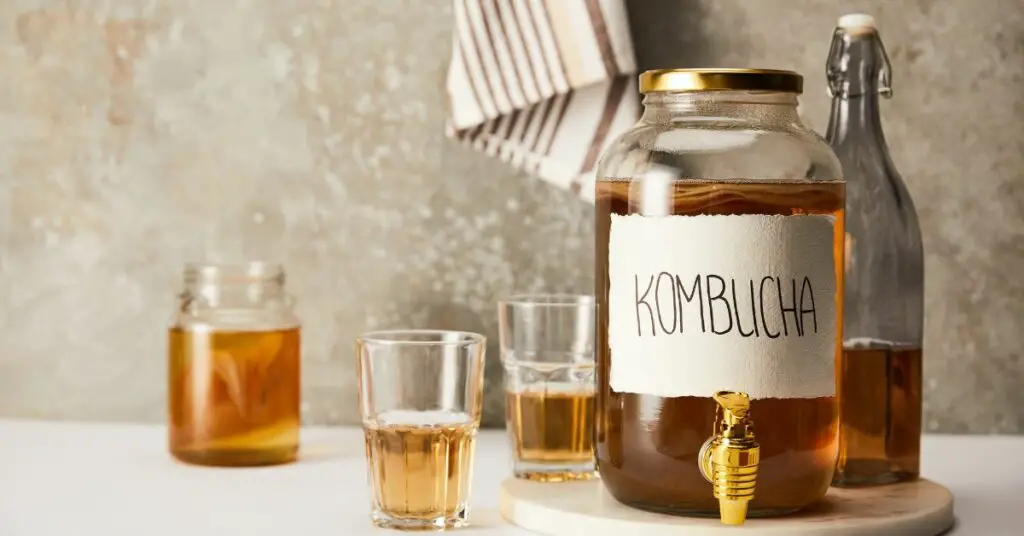Kombucha Fermentation is the process of making kombucha, a fermented tea drink. The fermentation process is started with a starter culture of bacteria and yeast, which is added to sweetened tea.
However, after over 10 days of fermentation, you will get to see some deposits at the bottom of the kombucha. Many people wonder what these deposits are.
The answer is that the strange components settled to the bottom of your kombucha bottle are some naturally occurring bacteria that produce kombucha.
In this article, we will take a closer look at the bacteria that form these deposits and how they contribute to the fermentation process.
What is Kombucha?
Kombucha is a fermented tea that has been around for centuries.
It is said to have originated in China, and it has been used in traditional Chinese medicine for centuries. Kombucha is made by fermenting sweetened tea with a culture of bacteria and yeast. The resulting
Kombucha has become increasingly popular in recent years as more people are interested in probiotic-rich foods that can promote gut health. Some studies have shown that kombucha may help improve digestion and boost the immune system.
While more research is needed to confirm these potential health benefits, there is no doubt that kombucha is a delicious and healthy beverage that is rich in probiotics, vitamins, and minerals worth trying!
How Does The Kombucha Fermentation Process Work?
Kombucha is a fermented tea that has been enjoyed for centuries in Asia. The fermentation process creates beneficial enzymes and probiotics that help to improve gut health.
Kombucha is made by adding a SCOBY (symbiotic colony of bacteria and yeast) to sweetened tea and allowing it to ferment for 7-10 days. The SCOBY consumes the sugar in the tea and creates a slightly acidic, probiotic-rich beverage.
During fermentation, kombucha becomes slightly carbonated and takes on a slightly vinegar-like taste. The longer it ferments, the more tart it will taste.
The finished kombucha is a slightly acidic, slightly fizzy beverage that contains vitamins, enzymes, and probiotics. These healthful properties are what make kombucha so popular.
What Contains in The Deposits at The Bottom of Kombucha?
Deposits found at the bottom of kombucha are a natural byproduct of the fermentation process.
Though they may look unappetizing, these deposits are actually rich in healthy probiotics and nutrients that can be beneficial for your health.
When consuming kombucha, it is perfectly safe to scoop out the deposits and enjoy them along with the rest of the drink. Some people even find that the deposits add a pleasantly tart and tangy flavour to the kombucha.
If you are not a fan of the taste or texture of the deposits, you can simply leave them at the bottom of your glass.
Either way, be sure to enjoy your kombucha and all of its health benefits!
Should You Mix up The Deposits in The Bottom of Kombucha?
Kombucha is a fermented tea that has been enjoyed for centuries. This probiotic-rich beverage has many health benefits, including improving digestion and boosting immunity.
Many people love the taste of kombucha, but some find it to be too tart or acidic. One way to make kombucha more palatable is to mix up the deposits that accumulate at the bottom of the bottle.
While there is no harm in doing this, it is not necessary. The deposits are made up of beneficial bacteria and yeasts that help to ferment the tea. These microbes also give kombucha its health-promoting properties.
So, if you like the taste of kombucha, there is no need to mix up the deposits. However, if you find the beverage to be too tart, you can give it a try. You may be pleasantly surprised by the results!
Frequently Asked Questions Related to Deposits in Kombucha
1. What is the stuff at the bottom of kombucha called?
That’s called cellulose, and it’s a natural carbohydrate made up of repeating glucose units. It’s produced by the bacteria that make kombucha kombucha, and it’s one of the main ingredients that give kombucha its unique probiotic properties.
2. Can you drink the slimy stuff in kombucha?
Kombucha is a safe drink to consume and the slimy stuff is perfectly normal. In fact, it’s one of the signs that you’re drinking a high-quality kombucha.
The slime is made up of bacteria, yeast, and cellulose, and it’s completely safe to consume. In fact, it’s actually beneficial for your health because it helps improve gut health. So don’t be afraid to drink the slimy stuff – it’s a sign that your kombucha is doing its job!
3. Why do I feel tipsy after drinking kombucha?
It’s possible that you’re feeling tipsy after drinking kombucha because you’re intolerant to histamines. Histamines are chemicals that are released by the body in response to certain triggers, like stress, foods, or alcohol.
And people who are intolerant to histamines can experience a range of symptoms, like sneezing, headaches, nausea, and in some cases, feelings of drunkenness.
So if you think you might be intolerant to histamines, it might be helpful to keep a food diary and track which foods seem to trigger your symptoms. From there, you can work with a nutritionist or allergist to create a plan that helps you avoid those foods.

